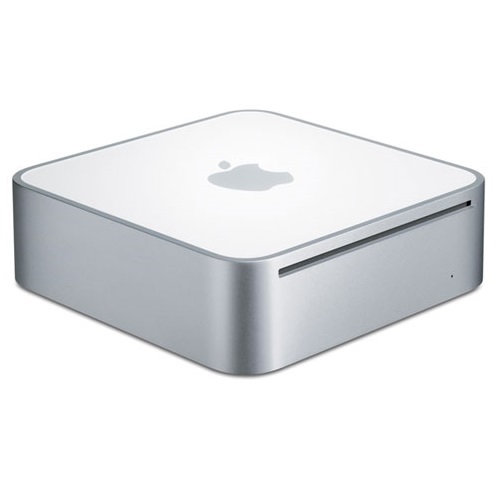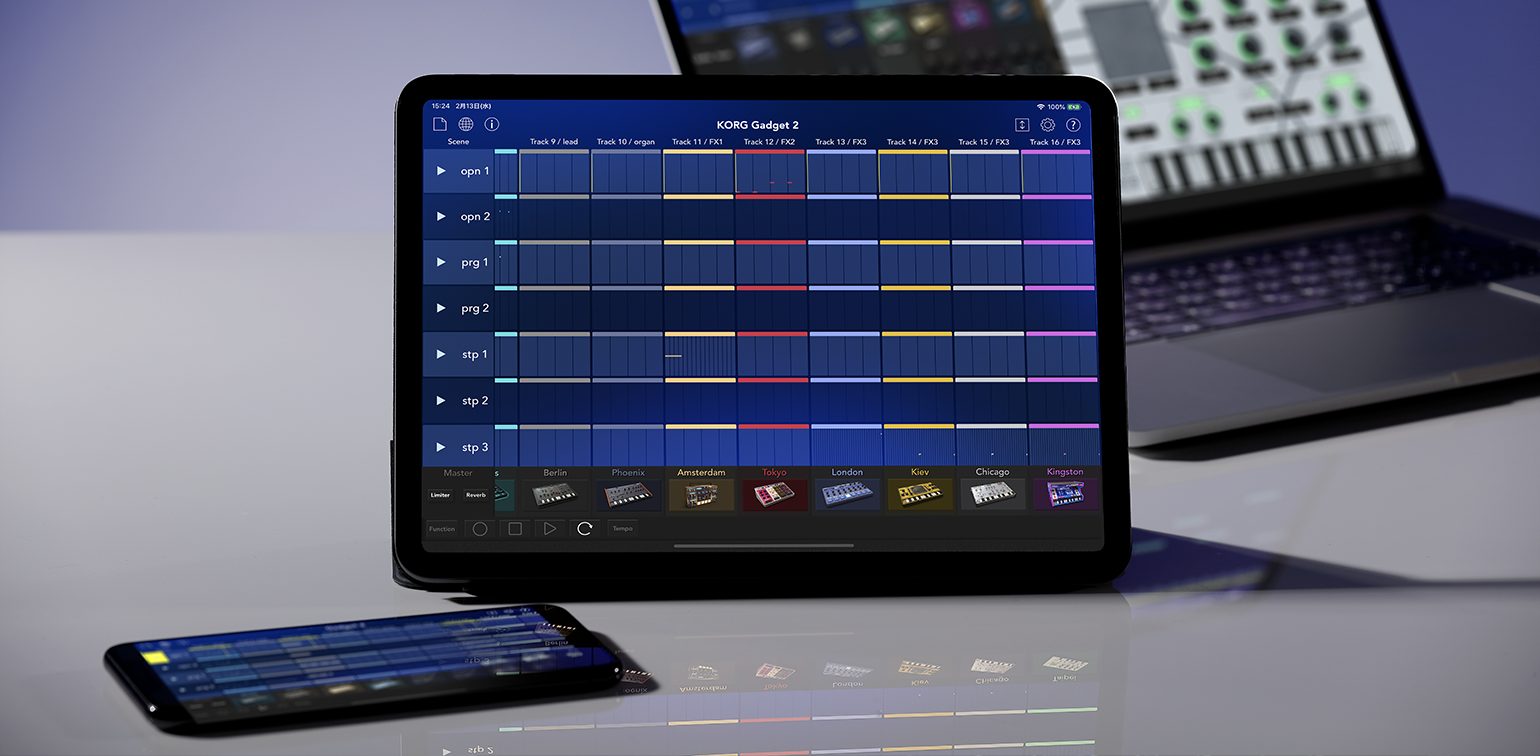Mac Mini 2.1 Latest Os
Mac OS X Jaguar (version 10.2) is the third major release of macOS, Apple's desktop and server operating system.It superseded Mac OS X 10.1 and preceded Mac OS X Panther.The operating system was released on August 23, 2002 either for single-computer installations, and in a 'family pack,' which allowed five installations on separate computers in one household. Mac OS X Snow Leopard is intended to be a release aimed to refine the existing feature set, expand the technological capabilities of the operating system, and improve application efficiency. Many of the changes involve how the system works in the background and are not intended to be seen by the user. If you do see 2.1.11 or 2.1.12, continue to the next step. Download the Live Update. Download the RadarOpus update 2.1.13 file by clicking on the correct link for PC (Windows) or Mac (macOS). Installing RadarOpus 2.1 Update. Back up your personal RadarOpus data (Tools - Database Management - Backup), then close RadarOpus. Apple decided to remove this feature, clicking on option/alt along with the GO from the pull down menu no longer allows you to gain access to the “LIBRARY” folder in the most latest edition of Mac OS, called, MacOS Sierra. The author of this article wrote it back in October 2016, when it did still work for the prior Mac OS, called OS X Sierra. Mac mini models are organized by the year they were introduced, starting with the most recent. Click the model name for detailed technical specifications. Mac mini models from 2014 and newer can run the latest version of macOS. For older models, the latest compatible operating system is noted.
Here are some feedbacks about the Mac mini M1 I purchased few weeks ago, in order to compile and test GeeXLab with the new Apple Silicon M1.

The M1 Chip
The M1 chip is a SoC (System on a Chip) and includes a 8-core CPU, a 8-core GPU as well as other components like a neural engine, memory or input/output interfaces.
The M1 GPU has a FP32 performance of 2.6 TFLOPS (source). This is more or less the same performance than the Radeon RX 560 or the GeForce GTX 1650:
– GeForce GTX 1650: 2.9 TFLOPS
– Radeon RX 560: 2.6 TFLOPS
See THIS PAGE for a more complete TFLOP table.
Xcode, command line tools
The source code of GeeXLab is based on makefiles and I had no problem to compile all core libraries from the command line. I installed the latest Xcode 12.3 as well as the command line tools (because gcc/g++ are needed). By default, the compilation in command line (like gcc file.c) produces a binary for the arm64 architecture. I was surprised to see that all GeeXLab OpenGL code has been successfully compiled. OpenGL is still there in the latest macOS Big Sur!
Using Xcode 12.3, you can generate a kind of hybrid executable (Apple calls it an universal macOS binary) that packs the x86_64 and arm64 code. But in command line with gcc/g++, you have to specify the target architecture. By default on Apple M1 + Big Sur, gcc will generate an amr64 code. If you want to generate a x86_64 code you have to use the following gcc option:-target x86_64-apple-macos10.15
Example:gcc main.c -o x86_test -target x86_64-apple-macos10.15
To compile for arm64 architecture:gcc main.c -o arm_test -target arm64-apple-macos11
The arm64-apple-macos11 target is handy if you are on an Intel-based Mac mini and want to compile for ARM architecture.
Once I finished to build GeeXLab, I was impressed by its launch speed: very fast. On Linux, the launch of GeeXLab is fast but on macOS Big Sur + Apple M1, the startup is a bit faster.
This is GeeXLab compiled for arm64 architecture:
Rosetta
I compiled GeeXLab in two separate versions: GeeXLab for arm64 and GeeXLab for Intel x86_64. On the Apple M1, you can’t launch an x86_64 executable directly. You have to install Rosetta before. Fortunately, it’s easy, you are guided by macOS:
Rosetta is a translation layer that allows the Apple M1 CPU (arm64 architecture) to execute a x86_64 code developed for Intel-based Macs. The first version of Rosetta was developed for the switch from PowerPC to Intel CPUs. Rosetta 2 is the new version for the switch from Intel to Apple silicon M1 CPUs.
Rosetta works fine: here, we have GeeXLab compiled for x86_64 architecture running on Apple M1:
Here is the same GeeXLab on an Intel-based Mac mini:
Look at the framerate: 1951 FPS (M1 CPU, arm64 native code), 1282 FPS (M1 CPU, x86_64 emulated code via rosetta) and 471 FPS (Intel CPU, x86_64 native code). This statement found on the Apple M1 homepage is true:
And thanks to Metal and M1, some of the most graphically demanding apps perform better under Rosetta 2 than they did running natively on previous Mac systems with integrated graphics.
M1 GPU OpenGL Test

Let’s do another test: a shadertoy demo with a heavy pixel shader. I chose a recent demo that gives some good results: Neural Stanford Bunny 5kb.
This demo has been ported to GeeXLab and is available in the shadertoy demopack in the following folder:
geexlab-demopack-shadertoy/gl-32-shadertoy-02/neural-stanford-bunny-5-kb/
Resolution of the demo: 800×480
Some framerates:
– GeForce RTX 2070 on Windows 10: 720 FPS
– Apple M1 Mac mini (arm64 native code): 245 FPS
– Apple M1 Mac mini (x86_64 via rosetta): 220 FPS
– GeForce GTX 750 on Windows 10: 176 FPS
Let’s look at the theoretical FP32 performance of these GPUs:
– GeForce RTX 2070: 7.4 TFLOPS
– Apple M1: 2.6 TFLOPS
– GeForce GTX 750: 1.1 FLOPS
Results sound coherent. This shadertoy test shows us that the M1 GPU is not a toy.
GeeXLab for arm64 can be downloaded from this link.
GeeXLab for x86_64 can be downloaded from this link.
Activity Monitor
macOS Big Sur has a way to know for what architecture a program has been compiled. Launch the Activity Monitor and look at the Architecture column:
– GeeXLab for Apple Silicon M1:
– GeeXLab for Intel x86_64:
OpenGL info
To end this article, here is the OpenGL 4.1 and OpenGL 2.1 data from GeeXLab (M1 arm64) log file. The modern way to do graphics programming on macOS is to use the Metal API (or Vulkan via MoltenVK). But a lot of OpenGL applications exist for macOS and it’s nice to know that they still work. According to the GL_VERSION, OpenGL in macOS is based on the Metal API.
OpenGL 4.1
OpenGL 2.1
Related posts:
Your Mac provides several tools to help you identify it. The simplest is About This Mac, available by choosing About This Mac from the Apple menu in the upper-left corner of your screen. The other is the System Information app. Learn how to use these tools to identify your Mac.
If you don’t have your Mac or it doesn’t start up, use one of these solutions instead:
- Find the serial number printed on the underside of your Mac, near the regulatory markings. It’s also on the original packaging, next to a barcode label. You can then enter that serial number on the Check Coverage page to find your model.
- The original packaging might also show an Apple part number, such as MGEM2xx/A (“xx” is a variable that differs by country or region). You can match the Apple part number to one in the list below to find your model.
List of Mac mini models

Mac mini models are organized by the year they were introduced, starting with the most recent. Click the model name for detailed technical specifications.
Mac mini models from 2014 and newer can run the latest version of macOS. For older models, the latest compatible operating system is noted. How to download snapchat on a macbook air.
2020
Mac mini (M1, 2020)
Model Identifier: Macmini9,1
Part Numbers: MGNR3xx/A, MGNT3xx/A
Tech Specs: Mac mini (M1, 2020)
User Guide: Mac mini (M1, 2020)
Before we get started we need to create a phpapidb database, well this can be done through two methods either you can use the PhpMyAdmin, or you can do it by accessing the MySQL root user via the terminal or command-line tool to create the Database. We have written a detailed article on Installing and Setting up MySQL in Mac’s Terminal app. Since Wamp installs MySQL, all you need to do is set up a user and a database. Click the Wamp icon in the system tray, then go to MySQL » MySQL console. If the console prompts you for a password, just hit Enter. Create a MySQL database. Now you need to create a new MySQL database. You can do this by issuing the following command in the console. This tutorial includes a free MySQL database with all the necessary database tables and columns for a typical eCommerce website. This is provided for any web developer - novice or advanced - to leverage as a starting point in their production process. This tutorial also includes steps to import this database (or any.sql file) locally or remotely. A database in MySQL is implemented as a directory containing files that correspond to tables in the database. Because there are no tables in a database when it is initially created, the CREATE DATABASE statement creates only a directory under the MySQL data directory. Create local mysql database mac.

2018
Mac mini (2018)
Model Identifier: Macmini8,1
Part Numbers: MRTR2xx/A, MRTT2xx/A, MXNF2xx/A, MXNG2xx/A
Tech Specs: Mac mini (2018)
User Guide: Mac mini (2018)
2014
Mac mini (Late 2014)
Model Identifier: Macmini7,1
Part Numbers: MGEM2xx/A, MGEN2xx/A, MGEQ2xx/A
Tech Specs: Mac mini (Late 2014)
User Guide: Mac mini (Late 2014)
2012
Mac mini (Late 2012)
Model Identifier: Macmini6,1; Macmini6,2
Part Numbers: MD387xx/A; MD388xx/A, MD389xx/A
Newest compatible operating system: macOS Catalina 10.15.7
Tech Specs: Mac mini (Late 2012)
User Guide: Mac mini (Late 2012)
2011
Mac mini (Mid 2011)
Model Identifier: Macmini5,1; Macmini5,2
Part Numbers: MC815xx/A; MC816xx/A, MC936xx/A
Newest compatible operating system: macOS High Sierra 10.13.6
Tech Specs: Mac mini (Mid 2011)
User Guide: Mac mini (Mid 2011)
2010
Mac mini (Mid 2010)
Model Identifier: Macmini4,1
Part Numbers: MC438xx/A, MC270xx/A
Newest compatible operating system: macOS High Sierra 10.13.6
Tech Specs: Mac mini (Mid 2010) Sims 4 mac discover university torrent.
2009
Mac mini (Late 2009)
Model Identifier: Macmini3,1
Part Numbers: MC238xx/A, MC239xx/A, MC408xx/A
Newest compatible operating system: OS X El Capitan 10.11.6
Tech Specs: Mac mini (Late 2009)
Mac Mini 2.1 Os Upgrade
Mac mini (Early 2009)
Model Identifier: Macmini3,1
Part Numbers: MB464xx/A, MB463xx/A
Newest compatible operating system: OS X El Capitan 10.11.6
Tech Specs: Mac mini (Early 2009)
